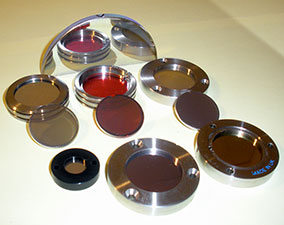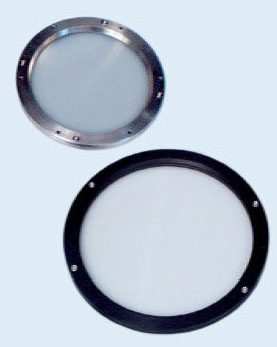INFRARED & FAR-INFRARED POLARISERS

Polariser is a very useful component in material analysis from the UV-Visible to the far infrared. Molecules that change their dipole moment during their molecular vibration can absorb electromagnetic radiation. The electric moment (transition moment) caused by the vibration is a vector quantity that will only interact with electromagnetic radiation component acting in the same direction. No change in absorbance spectrum is observed when polarised radiation interacts with substances with random molecules such as gases, liquids or amorphous solids. Light can be polarised in a variety of ways. These include birefringent materials such as calcite, wiregrid (free standing or deposited on transmitting substrate), dielectric coated plates, Brewster angle plates or stretched polymer thin films.
 Important information such as crystal structure, material type and dichroism, among others, can be deduced. Applications of polarisers include beam splitters and beam attenuators, coupling devices in mid-infrared and long wavelength lasers. They are also used in microscopy, plasma diagnostics, thermal imaging systems, navigation control systems, astronomy, forensic analyses and analysis of materials such as polymers and semiconductors.
Important information such as crystal structure, material type and dichroism, among others, can be deduced. Applications of polarisers include beam splitters and beam attenuators, coupling devices in mid-infrared and long wavelength lasers. They are also used in microscopy, plasma diagnostics, thermal imaging systems, navigation control systems, astronomy, forensic analyses and analysis of materials such as polymers and semiconductors.
We supply a full range of polarisers in holographic, mechanical ruled and free standing wire grid types for varying applications and wavelengths from 1um to millimetre waves. Substrate materials include CaF2, BaF2, KRS-5, ZnSe and Ge in sizes up to 75mm diameter and free standing wiregrid polarisers up to 300mm diameter. They all have exceptionally high extinction ratios. Complementary waveplates are available.